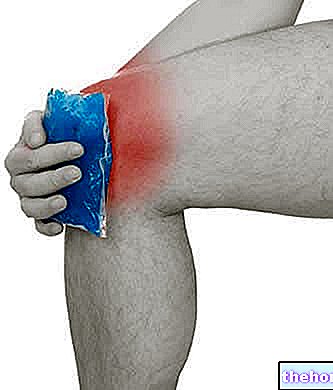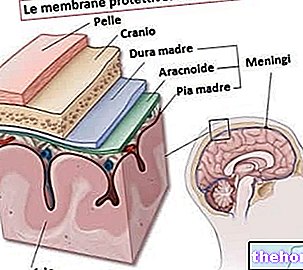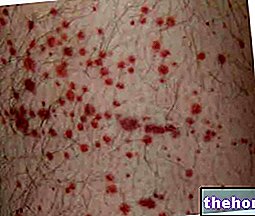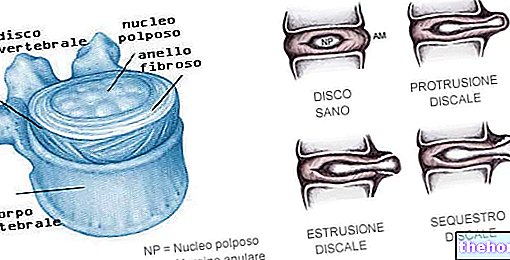Typically, a tendon affected by tenosynovitis is simultaneously affected by tendonitis: the site of maximum inflammation is the synovial lining, but the inflammatory response can also involve the included tendon.

The inflammatory process of the synovial sheath causes an increase in the volume and viscosity of the synovial fluid, which generates friction, therefore pain and limitation of movements
The inflammatory process that affects the tendon sheath manifests itself with pain, difficulty in movement and the production of fluid that can generate swellings (swellings) appreciable from the outside.
The main causes that determine the onset of tenosynovitis are trauma or prolonged functional stresses, rheumatic diseases or infections. The most affected sites are the hands, wrist, forearm, instep and "Achilles. L" tendon. inflammation makes the sheath wrinkled and irregular (example: crackling tenosynovitis, associated with a crepitus that accompanies the movement of the affected joint) or hard, often with the consequent formation of a nodule (snap tenosynovitis).
The most common tendon synovitis include chronic stenosing tenosynovitis of the thumb (also called De Quervain's syndrome), tenosynovitis of the anterior tibialis and stenosing tenosynovitis of the finger flexors (commonly called "trigger finger").
Note. In the terminology there is often confusion between tendonitis and tenosynovitis. The term tendinitis it indicates an inflammation of the tendon, but this, being very little vascularized, compact and poor in cells, cannot develop a classic inflammatory picture.
Damage to the fibers leads only to edema and regressive alterations; the more explicitly inflammatory phenomena remain localized to the relative synovial sheath that covers the tendon (tenosynovitis).
Repeated minor trauma over a long period of time can increase damage to the synovial sheath. Some competitive sports (tennis, walking, skating, etc.) and the repeated use of hand tools in some professions can promote the onset of tendon synovitis.
Tenosynovitis is also linked to systemic pathologies such as rheumatic diseases and infections mediated by pathogenic microorganisms, which penetrate due to wounds or the spread of infectious processes (example: osteomyelitis, paterecci ...). In these infectious forms of tendon synovitis, the inflammatory process can take on suppurative characteristics (with the formation of pus within the inflamed tissue).




























